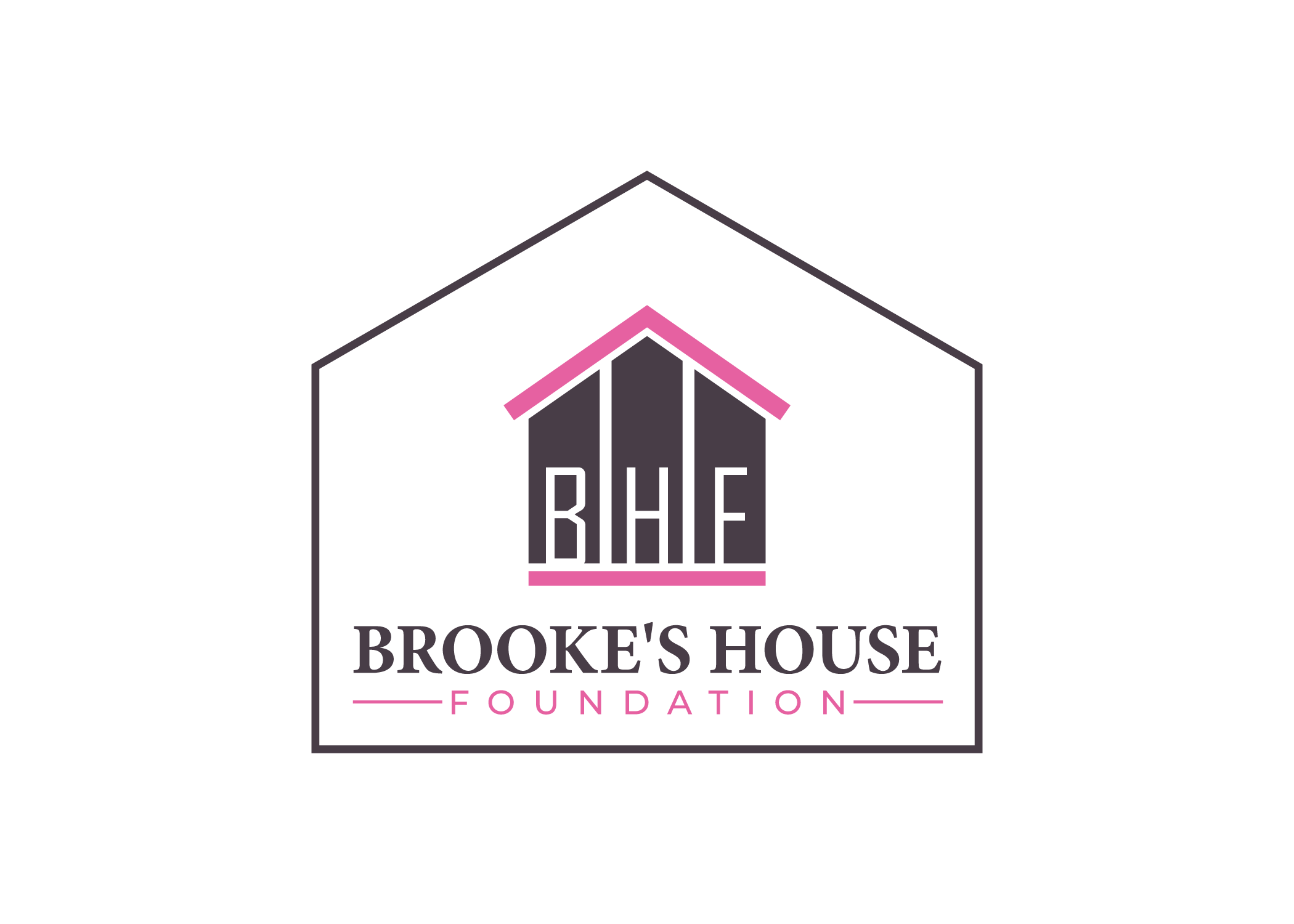
Recovery from addiction is a journey that demands more than just the desire to change. It requires a stable and supportive environment where individuals can rebuild their lives and develop the tools to maintain long-term sobriety. For many people in Texas, sober living and recovery residences have become vital stepping stones on their path to recovery.
These facilities provide a safe, structured, and accountable space for individuals to transition from the chaos of addiction to a life of stability and purpose. In this article, we will explore the importance of sober living and recovery residences in Texas’ recovery community and how they play a pivotal role in helping individuals break free from the cycle of addiction.
The Epidemic of Addiction in Texas

Like many other states in the United States, Texas has been grappling with a severe and widespread substance abuse problem. According to the Substance Abuse and Mental Health Services Administration (SAMHSA), over 2 million Texans need treatment for substance use disorders. This crisis is not limited to urban areas; it affects individuals and families in urban and rural communities.
The opioid epidemic, in particular, has had a devastating impact on the state. Prescription opioids and illicit drugs like heroin and fentanyl have led to thousands of overdose deaths, leaving families shattered and communities in despair. Texas’ struggle with addiction is a multifaceted issue, touching not only the addicted individual but also their loved ones, public safety, and the economy.
The good news is that Texas recognizes the situation’s gravity and has tried to combat addiction. Substance abuse treatment programs, prevention initiatives, and recovery support services have been established throughout the state.
These programs aim to provide individuals with the resources and treatment they need to overcome addiction, but the journey does not end with treatment. For many, the transition to a stable and sober life after treatment can be challenging, and this is where sober living and recovery residences come into play.
Sober Living: A Bridge to Recovery

Sober living homes, also known as halfway houses, recovery residences, or transitional living, serve as a bridge between addiction treatment and independent, sober living. These homes are essential components of a comprehensive and effective recovery system, as they offer a safe and supportive environment where individuals can develop the skills and habits necessary for long-term recovery.
One of the primary benefits of sober living is the structure it provides. Addiction often leads to a chaotic, unstructured lifestyle where substance abuse precedes responsibilities and self-care.
Sober living homes require residents to follow house rules, attend regular house meetings, maintain employment or engage in meaningful activities, and remain drug and alcohol-free. This structured environment helps individuals relearn personal responsibility and accountability.
In addition to structure, sober living homes offer a strong support network. Residents live with others committed to their recovery, creating community and camaraderie. The shared experience of addiction and recovery can be a powerful tool for healing. Residents hold each other accountable and provide emotional support during challenging times.
Another critical aspect of sober living is relapse prevention. It is essential to understand that relapse is common in the early stages of recovery. Sober living homes emphasize relapse prevention strategies and teach residents how to cope with triggers and cravings. Having a network of sober peers and access to resources like 12-step meetings can make all the difference in preventing a return to substance use.
Sober living homes also encourage residents to set and work towards goals for their future. This includes finding employment, pursuing education, and mending broken relationships. These goals give residents a sense of purpose and direction, which is essential for maintaining recovery in the long run.
Recovery Residences in Texas
Texas has recognized the value of sober living homes and has taken steps to regulate and support their existence. The Texas Recovery-Oriented Housing Network (TROHN) is an organization that promotes the development and operation of quality recovery residences in the state. TROHN has set standards for recovery residences to ensure they offer residents a safe and supportive environment.
One of the key benefits of having a regulatory framework for recovery residences is the assurance of quality and accountability. These residences must meet specific criteria to be considered legitimate, which include having a structured environment, house rules, and a commitment to supporting residents’ recovery efforts.
Texas has also allocated funding to support recovery residences and has encouraged collaborations between state agencies, local governments, and community organizations to strengthen the recovery housing system. This commitment to the recovery community reflects the state’s understanding of the importance of sober living as a crucial component of the continuum of care for addiction treatment.
Challenges and Misconceptions
While the benefits of sober living and recovery residences are evident, they are not without their challenges and misconceptions. One common misconception is that these homes are synonymous with “halfway houses,” often associated with crime and instability. In reality, legitimate recovery residences are well-managed, safe, and supportive environments prioritize residents’ recovery.
Challenges also exist in terms of funding and insurance coverage. Many individuals who would benefit from sober living homes struggle to access them due to financial constraints. Insurance coverage for sober living is limited, and more than public funding is often needed to meet the growing demand for these services.
Moreover, not all recovery residences are created equal. Some may need more structure, support, and quality standards for effective recovery. Ensuring that all recovery residences meet established criteria and receive proper oversight is a crucial step in improving the accessibility and quality of these homes.
The Economic Benefits of Sober Living
Beyond the individual benefits of sober living and recovery residences, there are also economic advantages to consider. When individuals transition from addiction to recovery, they are more likely to become productive members of society. They can maintain employment, contribute to the workforce, pay taxes, and reduce their reliance on social services and the criminal justice system. The economic burden of addiction, including healthcare costs, crime, and lost productivity, can be significantly reduced when individuals find stability through recovery residences.
Conclusion
Addiction is a complex and pervasive problem in Texas, but not insurmountable. The importance of sober living and recovery residences in the state’s recovery community cannot be overstated. These homes provide structure, support, and a safe environment for individuals to transition from addiction to sobriety.
The Texas Recovery-Oriented Housing Network and other organizations have played a crucial role in setting standards and promoting quality recovery residences. By recognizing the value of these homes and investing in them, Texas has taken a significant step in addressing the addiction crisis and helping individuals find a path to long-term recovery.
